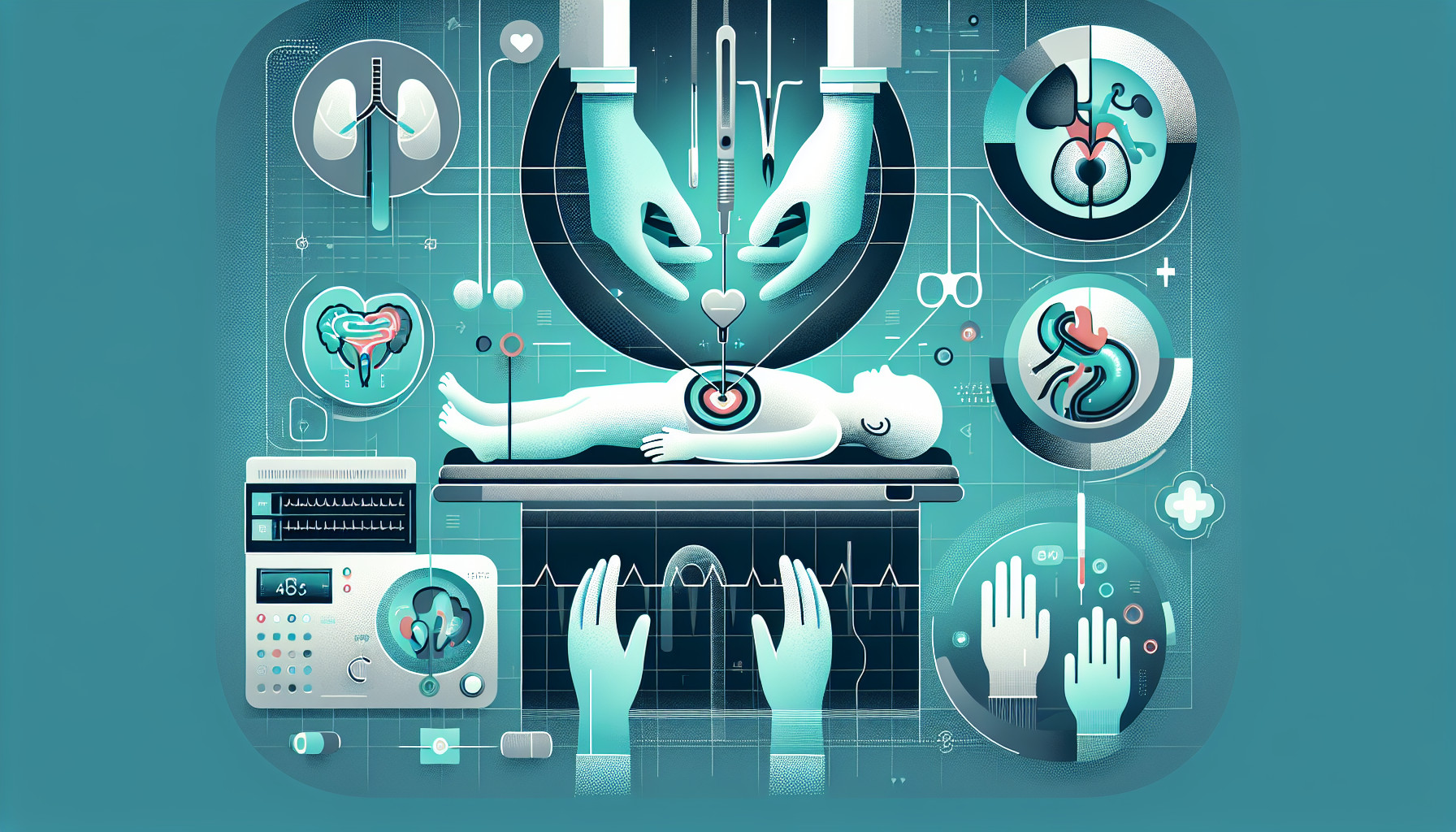Our Summary
This study looked at the rare occurrence of the testis moving upwards (ascending testis or AT) after a certain surgery in young boys - specifically, surgery to fix a type of groin hernia or a condition called hydrocele. The researchers reviewed the medical records of male children who had undergone this surgery at their hospital between 2000 and 2014. They found that out of 17,295 surgeries, only 10 “ascending testis” cases occurred.
The reason for the testis moving upwards after surgery is not completely understood. Some people think it might be due to scarring from the surgery, but the researchers found this wasn’t the case for surgeries done with a laparoscope (a type of minimally invasive surgery). Instead, they suggest that leftover tissue from the surgery might play a role in the testis moving upwards.
Interestingly, the researchers also found that the rate of ascending testis after surgery was not higher than in boys who hadn’t had surgery. This suggests that the upward movement of the testis might be a natural process that happens regardless of surgery. In fact, traditional open surgery to fix the hernia or hydrocele might even help prevent the testis from moving upwards.
In conclusion, ascending testis is rare after hernia or hydrocele surgery in boys, and the reason why it happens is still unclear. More research is needed in the future to fully understand this condition.
FAQs
- What is the frequency of the testis moving upwards after hernia or hydrocele surgery in young boys?
- What are the possible reasons for the occurrence of ascending testis after hernia or hydrocele surgery?
- Does the upward movement of the testis occur naturally or is it a result of surgery?
Doctor’s Tip
A helpful tip a doctor might give to a patient about pediatric hernia repair is to follow post-operative care instructions carefully to ensure proper healing and to reduce the risk of any complications. This may include avoiding strenuous activities, keeping the surgical area clean and dry, and attending follow-up appointments with the surgeon for monitoring. It’s also important to watch for any signs of infection or other complications and to contact the doctor if any concerns arise. By following these guidelines, the patient can help ensure a successful recovery after pediatric hernia repair surgery.
Suitable For
Patients who are typically recommended pediatric hernia repair are those who have been diagnosed with a hernia or hydrocele. In this study, the researchers specifically looked at young boys who underwent surgery for these conditions. Hernias and hydroceles are common pediatric conditions that may require surgical repair to prevent complications such as pain, discomfort, or potential damage to surrounding tissues. In some cases, surgery may be recommended even if the hernia or hydrocele is not causing symptoms, to prevent potential complications in the future.
Timeline
Before pediatric hernia repair:
- Patient experiences symptoms of a groin hernia or hydrocele, such as a bulge in the groin area or swelling of the scrotum.
- Pediatrician or primary care physician diagnoses the hernia or hydrocele and recommends surgery to repair it.
- Patient undergoes preoperative preparation, which may include blood tests, imaging studies, and consultation with an anesthesiologist.
After pediatric hernia repair:
- Patient undergoes surgery to repair the hernia or hydrocele, which may be done using a laparoscope or traditional open surgery.
- Patient is monitored in the recovery room and may stay in the hospital for observation depending on the type of surgery and their overall health.
- Patient may experience some pain, swelling, and discomfort in the surgical area following the procedure.
- Patient is given postoperative instructions for care at home, which may include restrictions on physical activity, pain management, and wound care.
- Patient follows up with their healthcare provider for postoperative appointments to monitor their recovery and ensure the success of the surgery.
What to Ask Your Doctor
- What is a pediatric hernia and why does my child need surgery to repair it?
- What are the risks and benefits of pediatric hernia repair surgery?
- What is the success rate of pediatric hernia repair surgery?
- What type of surgical technique will be used for my child’s hernia repair?
- What is the recovery process like for pediatric hernia repair surgery?
- Are there any long-term effects or complications associated with pediatric hernia repair surgery?
- How common is the occurrence of “ascending testis” after pediatric hernia repair surgery?
- What steps will be taken to minimize the risk of “ascending testis” after surgery for my child?
- Will my child need any follow-up appointments or monitoring after pediatric hernia repair surgery?
- Are there any alternative treatment options for my child’s hernia besides surgery?
Reference
Authors: Wang F, Zhong H, Zhao J. Journal: J Pediatr Urol. 2017 Feb;13(1):53.e1-53.e5. doi: 10.1016/j.jpurol.2016.08.013. Epub 2016 Sep 28. PMID: 27727095
